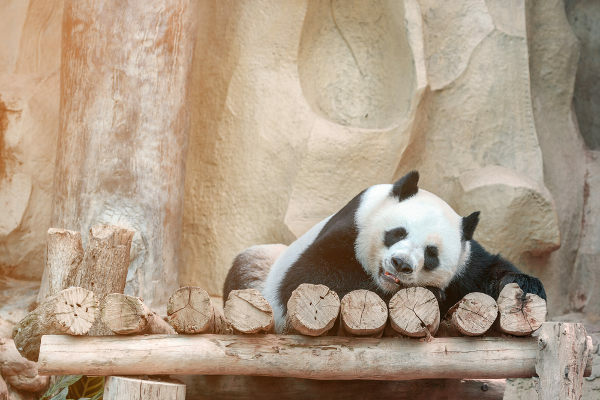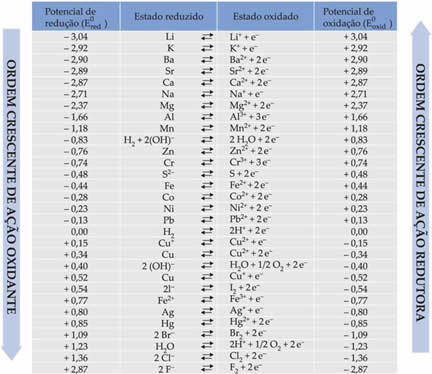panda bears, also called giant pandas, are animals mammals which stand out mainly for their unmistakable white coat with black spots in his eyes and limbs, and his ears and shoulders black. These animals, despite being classified in the order carnivore, do not have this type of food, being yours bamboo-based diet. Next, we will explore more about the way of life and the main characteristics of this fantastic mammal.
panda bear scientific name
The panda bear is a mammal animal belonging to the order carnivora and family Ursidae. The panda's scientific name is Ailuropoda melanoleuca.
panda bear habitat
Panda bears are animals that live in bamboo forests. Initially they were found throughout southern and eastern China, but the destruction of their habitat limited them to a few places where forests still remained.

Read more:Koala - mammal that feeds on eucalyptus leaves and lives in Australia
General characteristics of the panda bear
Panda bears are mammals, therefore, they are characterized by the presence of fur and the ability to produce milk, which serves as food for their offspring. Their coat is an important feature, as they are
easily recognized by the black and white pattern of the fur.. Pandas have white fur with black patches around the eyes, in addition to black limbs, shoulders and ears.O coat pattern of the panda bear seems to be related to process of camouflage. In the work published in the Behavioral Ecology and titled “Why is the giant panda black and white?”, the authors point out that the white part of its body helps you to hide in snowy places, the black part helps your camouflage in places where there is shade. The color pattern of the ear and around the eyes may also be related to recognition of individuals and the aggressiveness signal for possible predators.
Panda bears, as said, can be called giant pandas, and that name is not for nothing. These animals can reach more than 1.20 m tall and weigh between 75 and 160 kilos. This large size, however, does not mean that they do not have natural predators, being preyed on, for example, by leopards, which mainly attack cubs.
See also:Polar Bear - Characteristics, Breeding and Feeding
panda bear feed
When we say that an animal is part of the order carnivora, we soon imagine that your diet is based on meat consumption. However, pandas do not feed this way, their diet being based almost exclusively on bamboo intake.
Pandas feed on a large amount of this plant in order to maintain their nutritional needs. It is estimated that they can feed on almost 40 kg of bamboo daily.

panda bear reproduction
Pandas usually live alone in the wild, meeting only during breeding periods. The breeding season of these animals, however, is very short. Females come into heat only in spring, the same period when males become interested in copulation. Interesting fact is that they are not receptive throughout the season, and this behavior is observed by about three days. If males do not look for them on those exact days, reproduction will not take place.
THE gestation of panda lasts between 95 to 160 days and is therefore long. Normally the female gives birth to only one offspring, which is born with about 200 grams. These little puppies need the mother in the first months, being the wean observed between 8 to 9 months of life. O cub stays with the mother for approximately 18 months, usually leaving her when she is already pregnant again.
Panda bears and the risk of extinction of the species
Panda bears are animals that suffer mainly from the destruction of the habitat in which they live. are currently classified on the IUCN Red List of Endangered Species as Vulnerable, however, in the past, they were seen as threatened. The change in classification status is mainly due to efforts regarding the restoration of the environment in which they live. According to the IUCN, currently, the trend of the panda population is on the increase.
Read more:Endangered animals in Brazil and in the world
Curiosities about the panda bear

See the table below 10 fun facts about pandas:
10 fun facts about panda bears |
|
By Ma. Vanessa dos Santos

